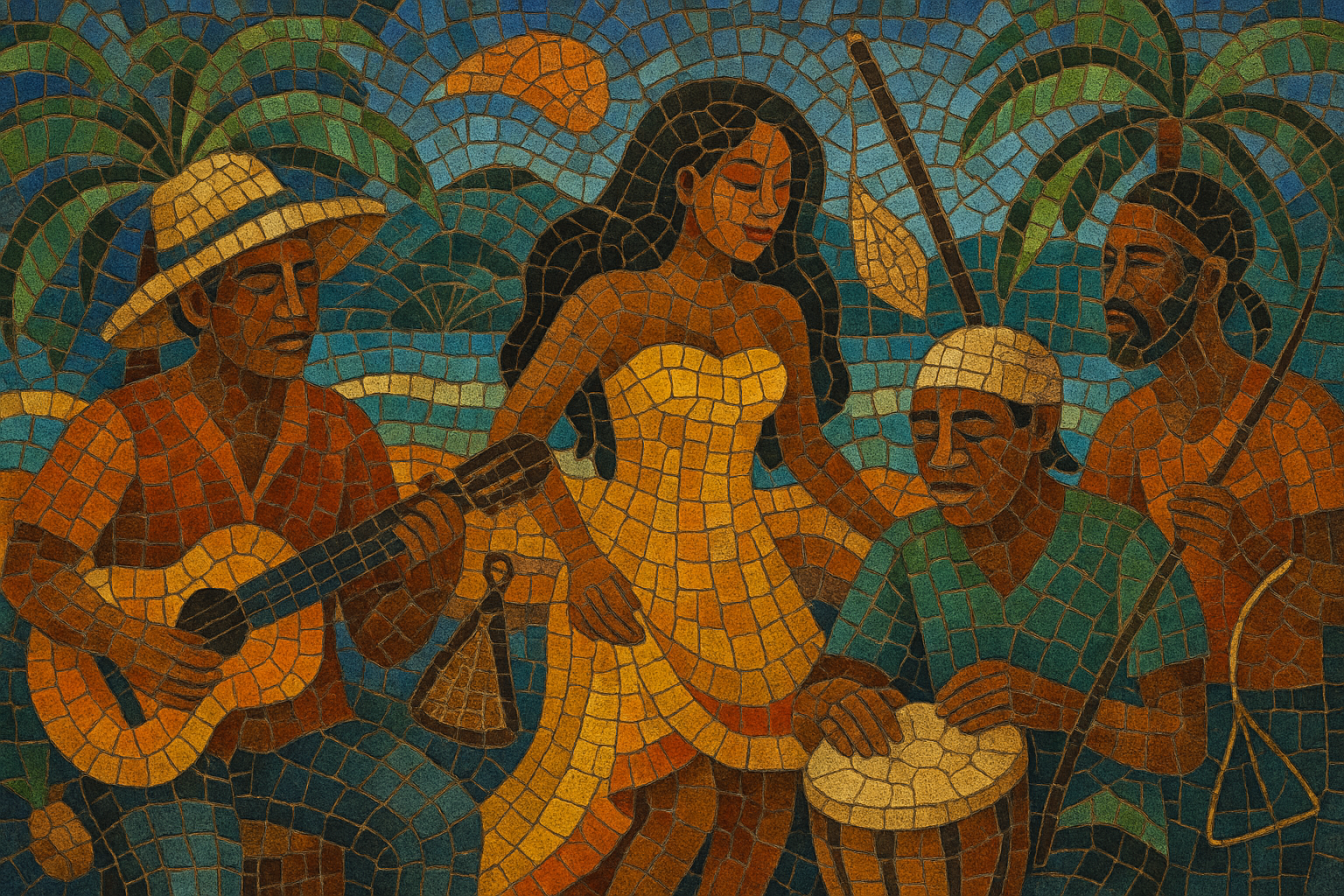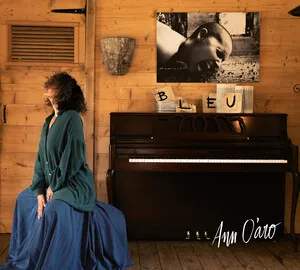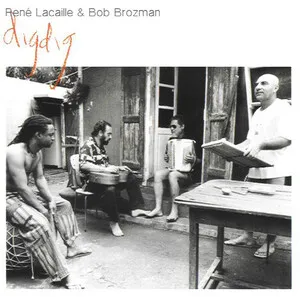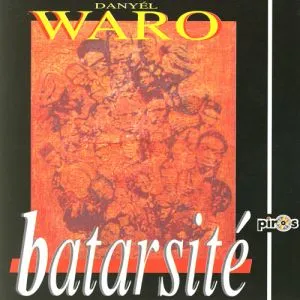Seychelles & Mascarene Islands music is the Creole-rooted musical landscape that emerged across Mauritius, Réunion, Rodrigues, and the Seychelles in the southwest Indian Ocean.
It blends Afro-Malagasy drumming and call-and-response with European (especially French) dance forms and melodies, and later, South Asian (notably Bhojpuri/Indian) influences from indentured communities. Hallmark idioms include the swaying 6/8 of séga and moutya, and the earthy, trance-like pulse of maloya.
Core timbres come from hand percussion (ravanne/roulèr), shaker-rattles (kayamb/maravanne), triangles, and the bobre musical bow, with voices delivered in local Creole languages. In the late 20th century, electric instruments and global diasporic styles (reggae, zouk, soca) catalyzed hybrids like seggae and electronic maloya, keeping dance at the center while retaining communal storytelling and resistance themes.
Enslaved Africans and Malagasy people carried rhythmic, vocal, and dance traditions to the Mascarenes and Seychelles. In plantations and coastal settlements, these practices mixed with French colonial dance forms (contredanse, quadrille) and Catholic liturgy, producing early community musics that would become séga (Mauritius/Rodrigues), maloya (Réunion), and moutya (Seychelles). The music’s instruments—ravanne/roulèr drums, kayamb/maravanne rattles, triangle, and the bobre bow—coalesced during this period.
After abolition, cultural life shifted to villages and yard gatherings, where Creole languages anchored song. Indentured labor from India brought Bhojpuri/Indo-Mauritian song forms and instruments, enriching melodic and lyrical vocabularies. Colonial pressure, particularly in Réunion, sometimes pushed maloya underground, but the traditions persisted through night dances, rituals, and community festivities.
Local labels and radio helped codify séga as a recorded popular music in Mauritius (with figures like Ti Frère), while Réunionnais activists revived maloya publicly amid wider decolonization currents. The Seychelles nurtured moutya alongside guitar-led Creole pop. Amplified instruments and studio production arrived, but the percussion-led dance pulse remained central.
Reggae’s island-to-island dialogue sparked seggae in Mauritius (pioneered by Kaya), marrying séga grooves with Rastafarian roots. In Réunion, artists such as Danyèl Waro elevated acoustic maloya, while others fused it with rock, jazz, and electronica, birthing maloya électronique/élektrik. Zouk and soca colors also filtered in, shaping contemporary party-oriented séga moderne.
Across Seychelles, Mauritius, Réunion, and Rodrigues, the tradition thrives—from UNESCO-recognized maloya and moutya to festival stages and club-oriented fusions. The region’s music remains a living archive of migration, resilience, and Creole identity, still defined by participatory dance, polyrhythmic percussion, and storytelling in Creole.








